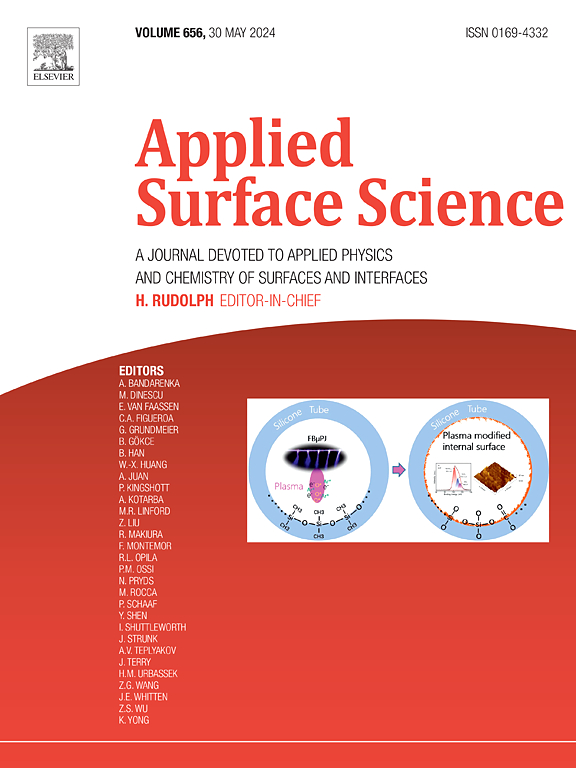In-Situ Self-Assembly of Bi/Bi12O17Cl2 three-dimensional architecture with intimate interface towards Optimized photocatalytic performance
IF 6.3
2区 材料科学
Q2 CHEMISTRY, PHYSICAL
引用次数: 0
Abstract
The rational design and construction of low-dimensional heterojunction photocatalysts is a hopeful strategy in improving photocatalytic performance. Nevertheless, severe lattice mismatch significantly hinders the interfacial charge transfer, resulting in unsatisfactory photocatalytic performance. Herein, a novel Bi/Bi12O17Cl2 three-dimensional (3D) architecture with intimate interface assembled from two-dimensional (2D) nanosheets is fabricated by a facile in-situ solvothermal method with ethylene glycol (EG) as the chelating and reducing agent. Thanks to the synergy between the in-situ formed Bi and the unique 3D architectural design, as well as the intimate interface, the resultant Bi/Bi12O17Cl2 architecture features large specific surface area, enhanced light absorption, short charge-transfer distance, and efficient carrier separation, exhibiting splendid adsorption and visible light photocatalytic ciprofloxacin (CIP) removal performance. The apparent rate constant (k) of the optimal Bi/Bi12O17Cl2 architecture for photocatalytic CIP elimination is about 4.4 and 11.5 times of the pristine Bi12O17Cl2 and metallic Bi, respectively. Further, the k of Bi/Bi12O17Cl2 architecture is 4.2 times higher than that of the physical mixture of Bi and Bi12O17Cl2, further verifying the efficient charge transfer in the special intimate interface. The present work is expected to provide a structural optimization model and inspirational insights for constructing high-efficiency and promising metal–semiconductor photocatalysts by elaborated materials engineering.


求助全文
约1分钟内获得全文
求助全文
来源期刊

Applied Surface Science
工程技术-材料科学:膜
CiteScore
12.50
自引率
7.50%
发文量
3393
审稿时长
67 days
期刊介绍:
Applied Surface Science covers topics contributing to a better understanding of surfaces, interfaces, nanostructures and their applications. The journal is concerned with scientific research on the atomic and molecular level of material properties determined with specific surface analytical techniques and/or computational methods, as well as the processing of such structures.
 求助内容:
求助内容: 应助结果提醒方式:
应助结果提醒方式:


